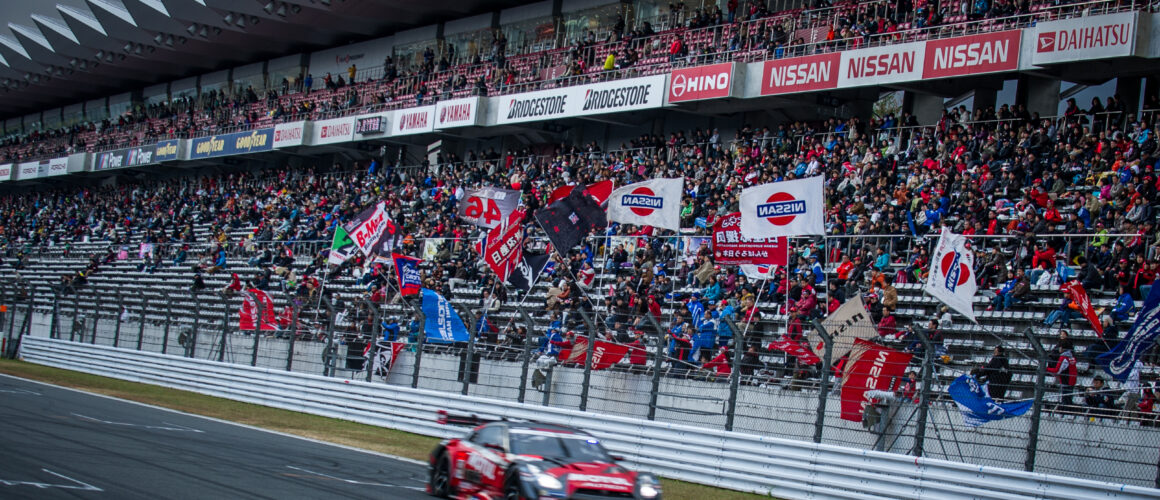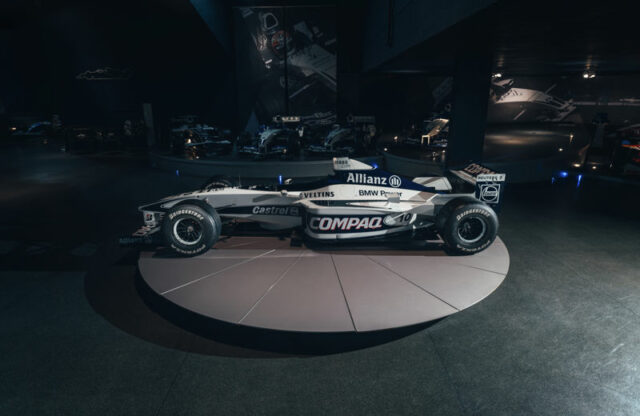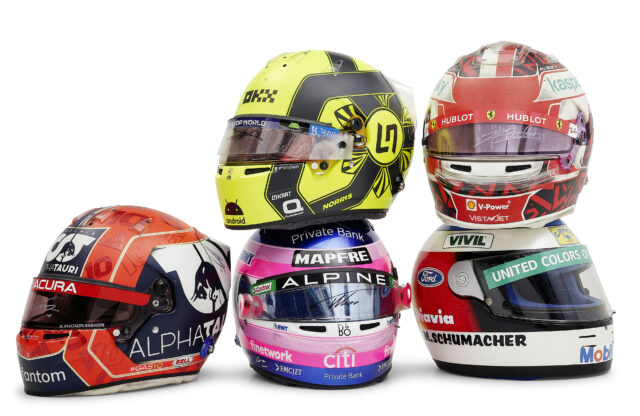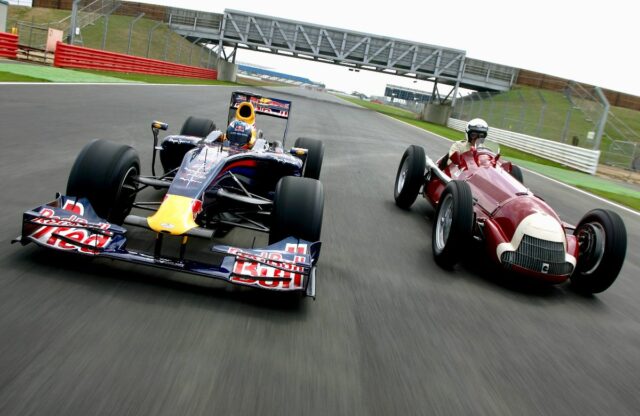NISMO, Nissan’s renowned motor sport division, turned 40 on September 17, 2024, and the Japanese manufacturer is marking the occasion with a special exhibition at its global headquarters in Yokohama, Japan.
Since 1984, NISMO has shaped Nissan’s legendary racing and high-performance road cars. At Nissan’s HQ, visitors can see iconic models such as the GT-R R400, Le Mans R390 GT1 and JTCC-dominating Calsonic R32 GT-R.
The exhibition and its contents sparked lively discussions here at Magneto, so we decided to compile a list of our ten favourite NISMO machines. Here they are, in no particular order:
Nissan Skyline GT-R R32 Group A

Developed by NISMO for new Group A Touring Car regulations in 1989, the R32 GT-R race car singlehandedly forged the nameplate’s reputation for cutting-edge technology and almost unprecedented levels of performance.
Armed with Nissan’s advanced ATTESA all-wheel-drive system and the marque’s legendary RB26DETT turbocharged inline-six, the R32 eviscerated the competition, sweeping all 29 JTCC races from 1990-1993 and clinching consecutive Bathurst 1000 victories in 1991 and 1992.
Such incredible dominance led to the car being christened ‘Godzilla’, a sobriquet that has been associated with the GT-R badge ever since. The Calsonic-liveried R32 race car is the most famous of them all, having been immortalised in the Gran Turismo PlayStation games.
Nissan GT-R LM NISMO
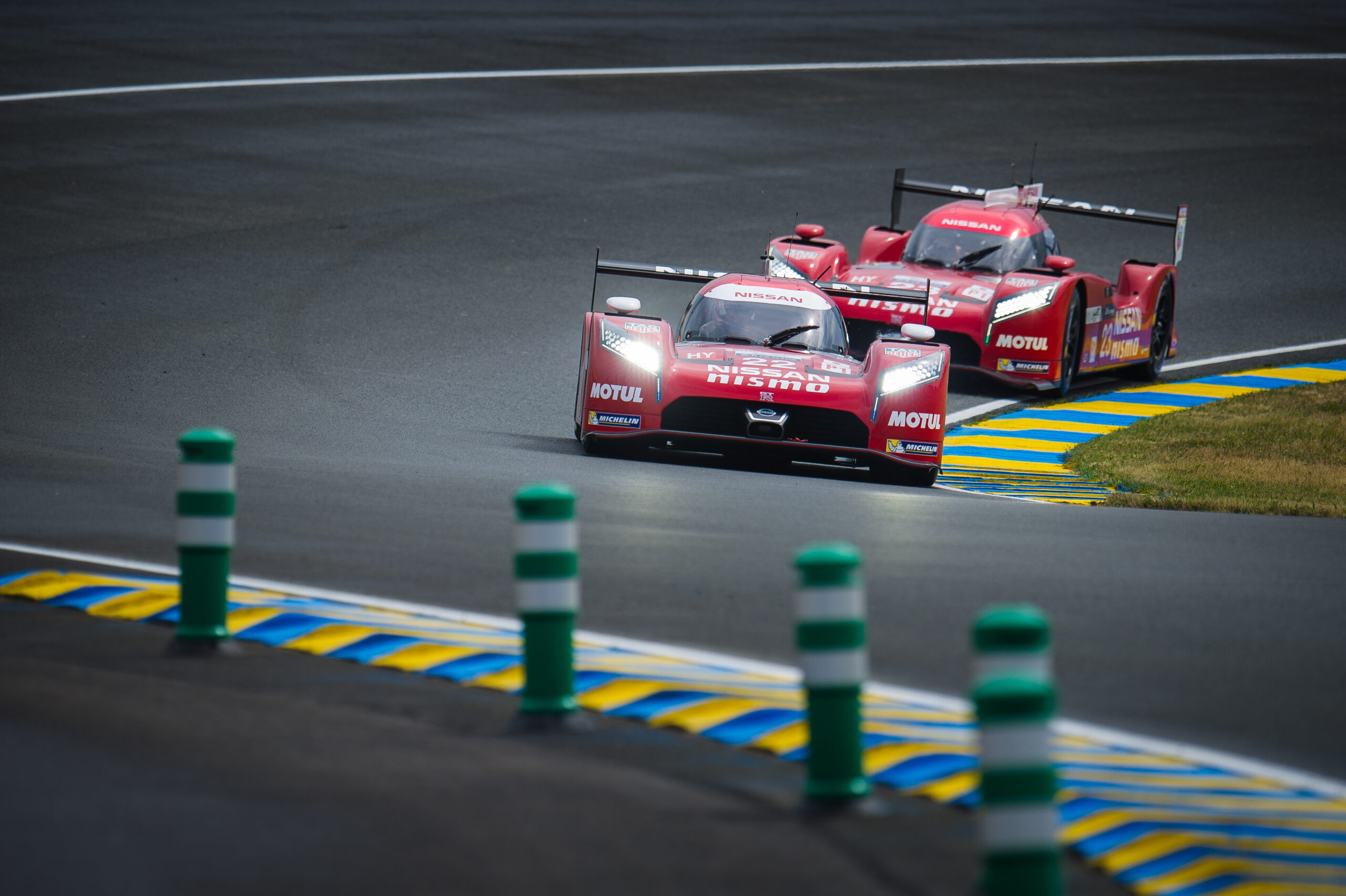
From one of the most successful race cars of all time to one that’s regarded as an abject failure, we arrive at the bizarre front-engined, front-wheel-drive disaster that was the GT-R LM NISMO. This unconventional, long-nosed machine made its debut at Le Mans in 2015, and it performed so poorly that it was immediately withdrawn from competition. Dogged by reliability issues and lack of pace, only one of three entered LMP1 cars finished the race. Even this proved to be a pyrrhic victory; the car was so slow that it failed to complete 70 percent of the winning Porsche 919’s laps, so it was discounted from the results.
Despite its poor showing at Le Mans, the GT-R LM earns its place here by embodying NISMO’s innovative engineering spirit. Its unique design, while unsuccessful, was underpinned by some interesting engineering principles. The front wheels were powered by a 3.0-litre twin-turbocharged V6 with the gearbox mounted ahead of the engine. This design allowed the front of the car to generate the majority of the downforce, freeing up the rear end to lower drag for the long straights of Le Mans.
The 550bhp combustion engine was complemented by an incredibly complicated hybrid system that harvested energy from the front wheels and deployed it at the rear – effectively making the car all-wheel drive. With the hybrid system operational, the GT-R LM was capable of developing up to 1250bhp. Unfortunately, the car’s R&D was rushed and the hybrid drivetrain was underdeveloped, so Nissan chose to run at Le Mans without the set-up, leading to uncompetitive pace and poor driveability. Despite all this, the GT-R LM has become a cult favourite, symbolising one of motor sport’s great ‘what-ifs’.
Nissan Skyline GT-R R33 NISMO 400R
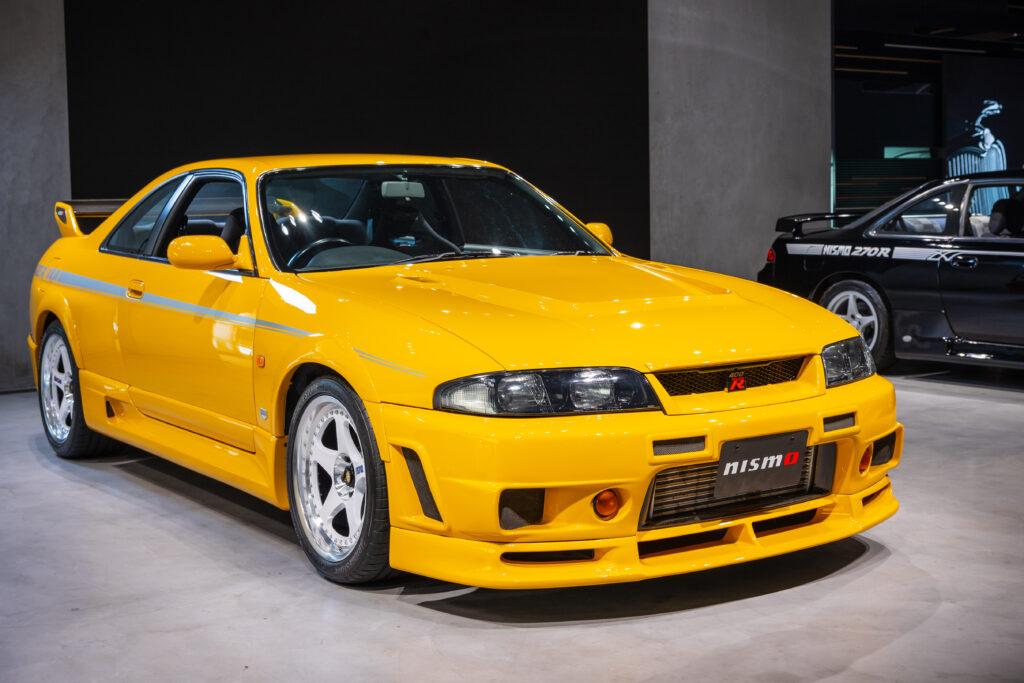
The 400R is one of the most desirable Skyline models ever created, with a mere 44 examples hand-built by NISMO engineers in 1997-1998. The ‘R’ in the name stood for ‘racing’, and the car featured a heavily reworked RB-X GT2 inline-six that developed 400bhp thanks to a 200cc increase in displacement, forged internals, high-lift cams, polished cylinder-head ports, N1 turbochargers and a new exhaust system. The driveline, chassis, suspension and braking components were also completely overhauled, while the aggressive bodywork featured wider arches, carbon-kevlar bonnet and rear wing, ducted side skirts and those iconic decals.
Looking back the 400R effectively presaged the formula that made cars such as the Porsche 911 GT3 so popular. The 400R’s rarity and iconic status have sent values soaring; in May 2023, online auction platform Collecting Cars sold a 1998 example for an astonishing £701,400.
Nissan Skyline GTS-R R31 Group A Evolution
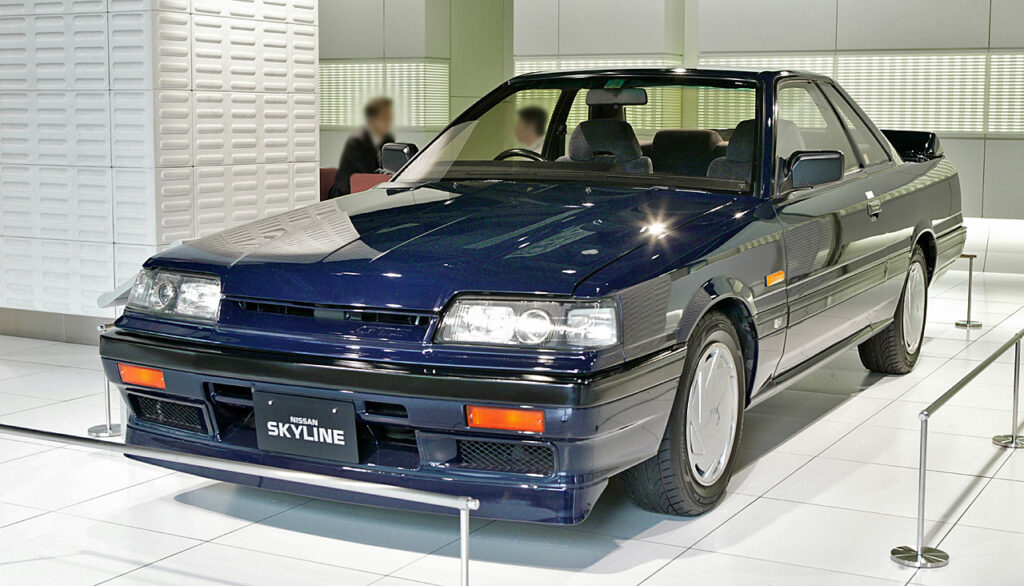
Launched in 1987, the GTS-R was the ultimate version of the R31 Skyline and presaged the legendary GT-R R32. It was also the first car to feature NISMO branding. Only 823 examples were built, as homologation models for Group A Touring Car racing. Predictably, these homologation cars boasted a number of enhancements, including a reworked version of the RB20DET inline-six-cylinder engine that featured a larger throttle body, bigger Garrett turbocharger, front-mounted intercooler and tweaked ECU. The upgraded engine sent 206bhp to the rear wheels via a five-speed manual transmission and limited-slip differential. Improvements to the suspension geometry were complemented by Nissan’s cutting-edge HICAS rear-wheel-steering system.
Although now overshadowed by its R32 GT-R successor, the R31 was a successful race car in its own right, winning the JTCC title in 1989 as well as the Australian Touring Car Championship in 1990.
Nissan R390 GT1
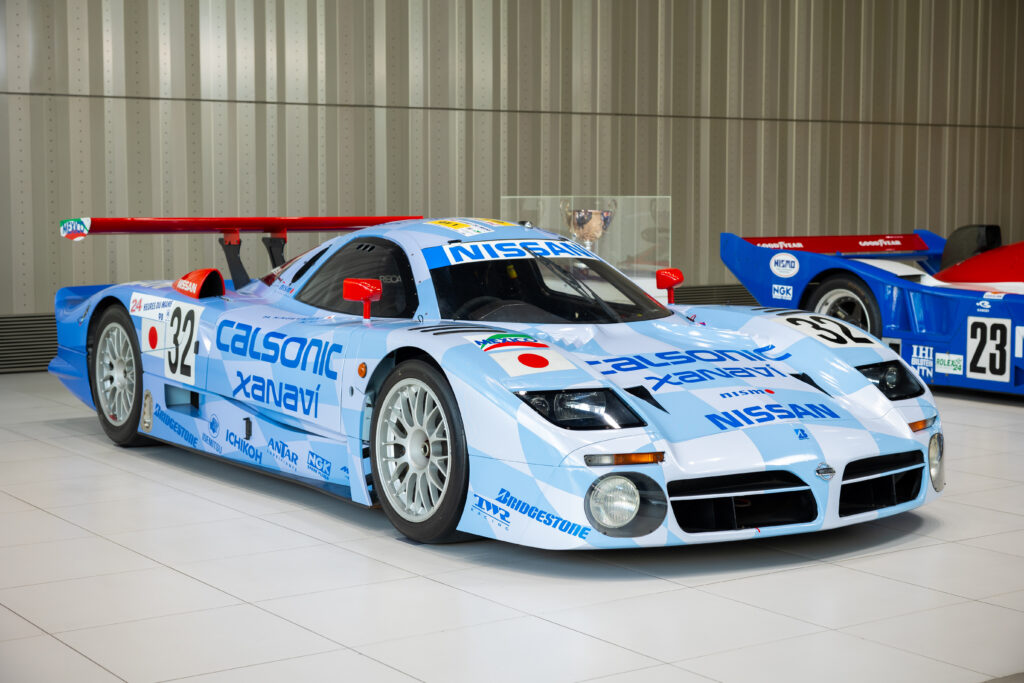
The R390 endurance racer was the result of a collaborative effort between NISMO and TWR, and campaigned at the Le Mans 24 Hours in 1997 and 1998. The R390 arrived shortly after Nissan returned to Sports Car racing in 1995 with its Skyline GT-R LM, which was outpaced by more radical GT1 rivals such as the Mercedes-Benz CLK GTR and Porsche 911 GT1.
Built as an endurance racer from the ground up, the R390 was jointly designed by TWR’s Ian Callum and Tony Southgate, and NISMO’s Yutaka Hagiwara. The R390 was powered by a 3.5-litre twin-turbocharged V8 that developed 641bhp, and it showed good pace at the 1997 Le Mans in qualifying, but all three cars were ultimately relegated to the back of the grid after failing scrutineering. Consequently the R390s had to be modified to be eligible to race, which led to two of three cars retiring with mechanical maladies and the third coming home 12th overall. A more refined and reliable version of the R390 returned to Le Mans the following year. The four cars entered into the ’98 race certainly built on the achievements of the year before; finishing in third, fifth, sixth and tenth. Nissan then withdrew from endurance racing in 1999.
Intriguingly, Nissan also built one R390 GT1 road car that was used as a prototype for race-car development. This near-mythical machine is now stored at NISMO’s warehouse in Zama, Japan, along with the number 32 R390 Le Mans racer from 1998. Although never destined for production, the R390 road car’s DNA lives on through McLaren, which uses an evolved version of the car’s VRH35 V8 in its production machines.
NISMO 270R
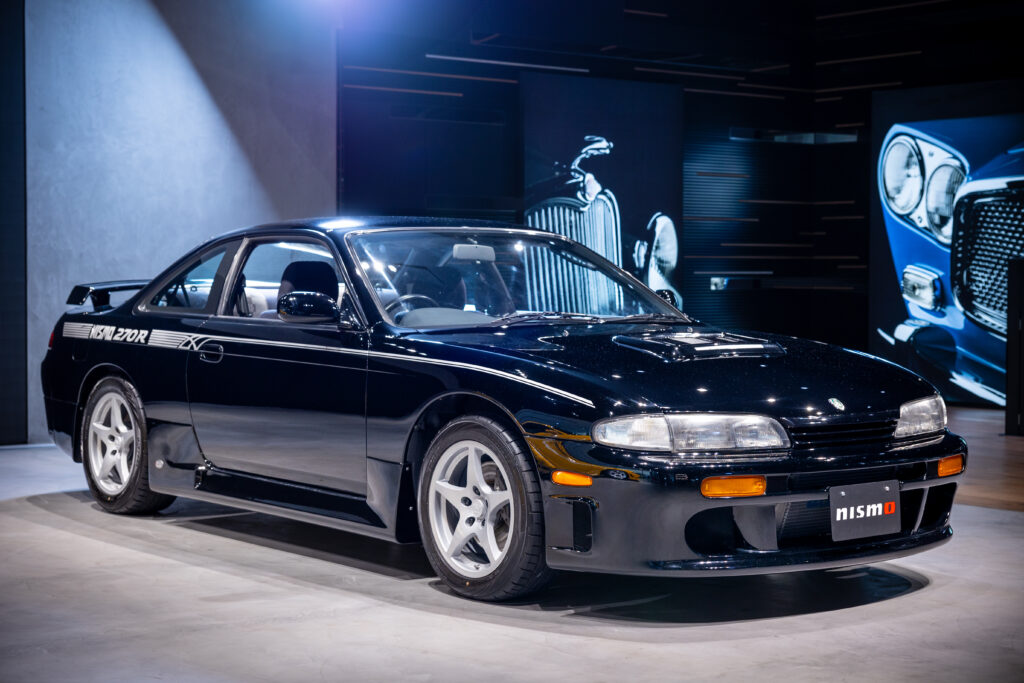
It didn’t take long for NISMO to work its magic on the S14 Silvia following the car’s release in 1994 as a sporty and affordable two-door coupé. The incredibly rare 270R was the result. A mere 30 examples were built, and each was powered by a tuned version of Nissan’s SR20DET inline-four engine that sent 270bhp to the rear axle via a five-speed manual transmission and limited-slip differential.
Complementing the 270R’s spicier powerplant was a vented bonnet that fed a front-mounted intercooler, 17-inch NISMO alloy wheels, a NISMO Edge body kit, high-performance clutch, NISMO control arms, under-chassis bracing, a new sway bar, plus firmer springs and dampers. Inside, 270Rs featured chequered seats, 270R floor mats and a NISMO-branded steering wheel.
The 270R’s significance extends beyond its rarity and performance, however; it was one of NISMO’s first complete road-car projects, setting a precedent for future consumer-focused offerings such as the 350Z and 370Z NISMO models.
Nissan GT-R R35 NISMO Mk3

The Nissan GT-R R35 was a revelation when it was launched back in 2007, outperforming supercars that were often more than twice as expensive. It has remained in production ever since. The fact the R35 has maintained its status as a performance benchmark for almost two decades is certainly impressive, and illustrates this car’s incredible potential and Nissan’s ability to extract it through iterative tweaks and updates. Sadly, the R35’s days are numbered; it will be withdrawn from production for good in October 2024 after 17 years in production.
Which is why the third and final NISMO-tuned variant will probably be remembered as the ultimate R35. First released in 2020, it seeks out those last few tenths of performance that can be squeezed from the R35 package with a host of mechanical and aerodynamic upgrades, which include turbochargers borrowed from a GT3 car, reworked suspension, aggressive aerodynamic bodywork, carbonfibre and aluminium panels, carbon-ceramic brakes and bespoke Dunlop tyres. The result is a car that develops 600bhp from its 3.8-litre twin-turbocharged V6, a 0-62mph time of 2.8 seconds and a top speed of 196mph. We will miss it when it’s gone.
Nissan GT-R R34 NISMO Z-Tune

Another remarkably rare NISMO creation, the GT-R Z-Tune is arguably the most special R34 variant ever built. Just 20 examples were produced to mark NISMO’s 20th anniversary back in 2004, and it’s fair to say the engineers left no stone unturned in their quest for more performance.
Beneath that menacing, vented bonnet lurked a Z2 version of the RB26DETT straight-six that boasted the engine block, cams, con-rods and crankshaft from a GT500 race car, forged internals, custom intake manifold and IHI turbochargers. The result? A huge 500bhp and 398lb ft of torque. The engine upgrades were complemented by a lightweight carbonfibre propshaft, GT500-inspired CFRP bodykit, custom Brembo brakes, adjustable Sachs dampers, reinforced chassis plus recalibrated AWD system and differentials.
Z-Tunes have since achieved grail status among collectors; a 2006 model fetched $1.98 million in 2022.
Nissan GT-R Skyline R33 LM Limited

Generally, the R33 is not as universally loved by enthusiasts as much as the ground-breaking R32 or the R34 of Fast and Furious fame. This R33 LM Limited, however, is a notable exception. The R33 LM Limited arrived in 1996 to mark Nissan’s participation in the Le Mans 24 Hours. A mere 188 examples were built, and they were available only in Japan. Confusingly, Nissan also created a one-off homologation special called the R33 GT-R LM (not Limited), although that car was never brought to sale and remains tucked away in Nissan’s heritage facility in Yokohama.
Based upon a standard R33 GT-R, the R33 LM Limited was blessed with a host of motor sport-derived upgrades developed by NISMO. All 188 examples were finished in Champion Blue, and the familiar 2.6-litre RB26DETT was removed and replaced with a RB-X GT engine derived from the Le Mans racers. The bored and stroked block is said to produce 395bhp and 347lb ft and benefits from a strengthened crankshaft, larger exhaust manifolds, high-lift camshafts, forged pistons, upgraded oil system and a raised 9000rpm redline.
To contain the extra power and torque, and lighten the car, NISMO installed a carbon propshaft, titanium strut brace, adjustable carbonfibre rear wing and bonnet, and forged three-piece alloy wheels. The track was widened by 50mm, which necessitated wider rear bodywork that also enhances cooling. The result is a very desirable and exotic performance car; Hagerty values a 1996 example between $63,000 and $204,000, depending on condition.
Nissan GT-R R34 NISMO GT500 Pennzoil
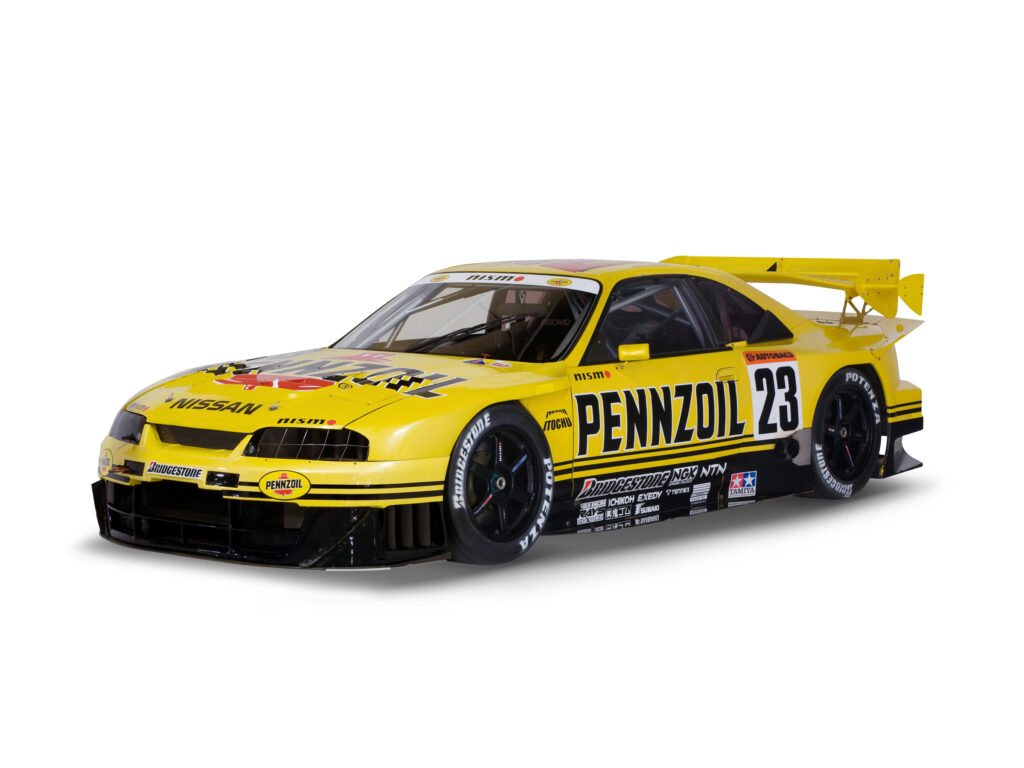
The R34 GT500 was developed to succeed the R33 for the 1999 season of the JGTC, aiming to maintain Nissan’s edge over Toyota’s increasingly competitive Supra. Despite stern competition the new car delivered, and this famous Pennzoil-liveried example sealed the driver’s title for former Formula 1 driver Érik Comas. It was the last GT-R powered by an RB26DETT Z2 engine to claim the championship in Japanese GT racing. Developed by NISMO, the car was converted to rear-wheel drive, and its 2.8-litre turbocharged inline-six delivered 493bhp via a six-speed X-Trac sequential transmission.

